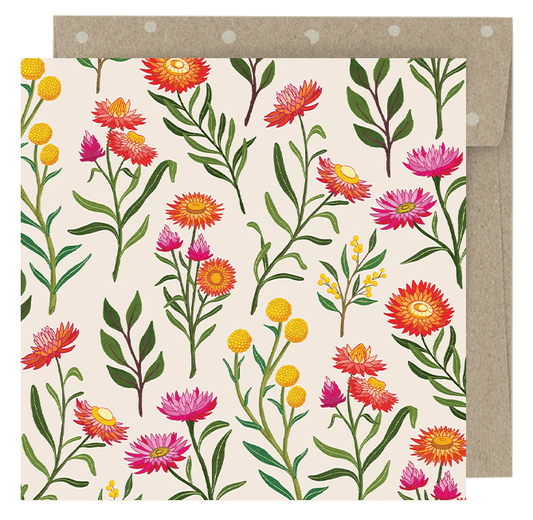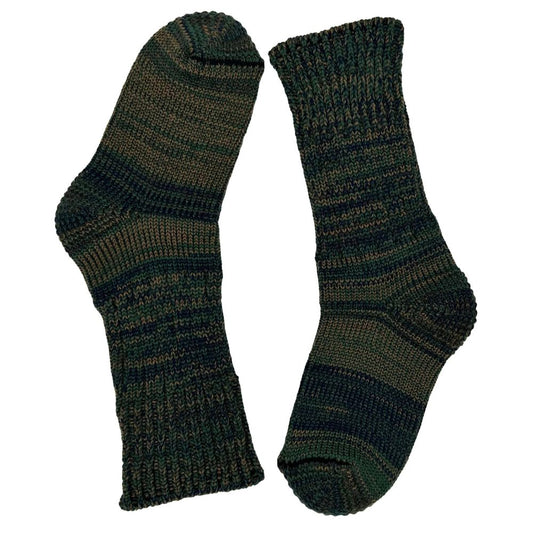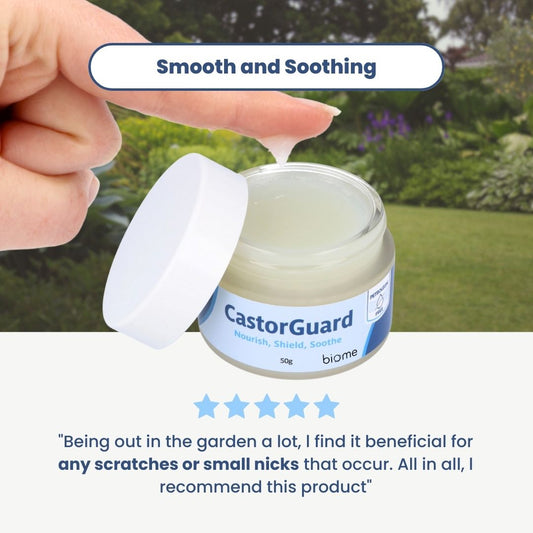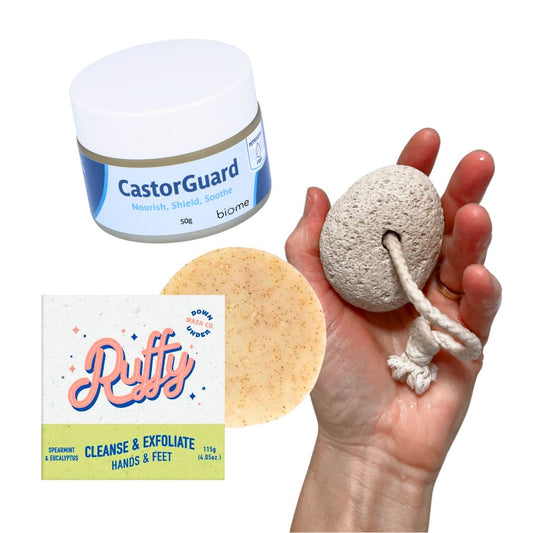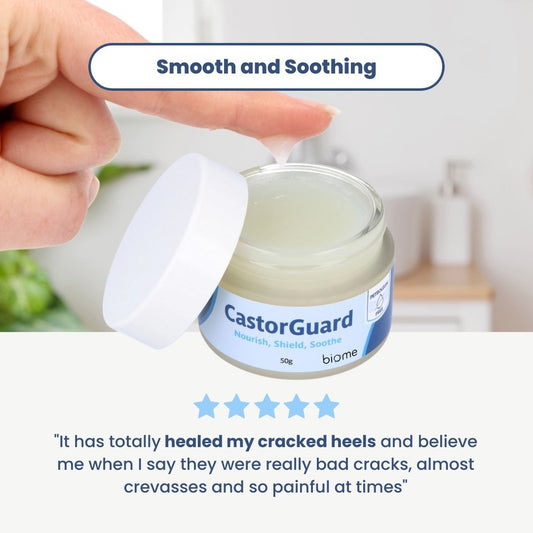
What are phone cases made of?
If you own a smartphone, chances are you also have a phone case to protect it from damage. But, have you ever wondered what are phone cases made from? And, what is the best choice for usability and the environment?
Phone case prices range from the super cheap to the ridiculously expensive for what appears to be a similar item. Quality and durability matter, so ideally we want to find a reasonably priced phone case that will protect your valuable phone, while not splitting or deteriorating quickly.
Whether you own an Android, iPhone, Samsung or other smartphone, in this blog post we will explore the most common materials used to make phone cases, and why switching to a compostable alternative could be the best choice!
Plastic & Silicone
Plastic is the most common material that phone cases are made of, usually polycarbonate, TPU (thermoplastic polyurethane), PVC, or silicone. Phone cases made of plastic vary from the poor quality that splits and cracks easily to robust waterproof cases built for outdoor adventure. There are some major drawbacks to choosing plastic.
First of all, plastic is not biodegradable, which means it will not break down naturally in the environment. Instead, it will accumulate in landfills or oceans, where it can harm wildlife and ecosystems. Did you know that of the 8.3 billion metric tons of plastic that have been produced since 1950, only 9% has been recycled?
Secondly, plastic can release harmful chemicals that can pollute the environment and the health of people, such as BPA (bisphenol A), lead, and cadmium.
While they are vegan phone cases, some plastic phone cases contain PVC (polyvinyl chloride) and phthalates to soften them and make them flexible. PVC is a type of plastic that is hard and brittle by itself, so it needs additives called plasticizers to make it more pliable. However, PVC and phthalates are not eco-friendly or safe for human health. PVC is one of the most environmentally damaging plastics, as it releases harmful substances during its production, use, and disposal.
Thirdly, most plastic phone cases can not be recycled because they are made from mixed materials, or are made of plastic that is not accepted through kerbside recycling bins.
Lastly, plastic may not offer the best protection for your phone. Plastic can be rigid and brittle, which means it can crack or shatter easily under impact. Plastic also does not absorb shock well, which means it can transfer the force to your phone and damage its internal components. Plastic cases can also discolor over time.
Leather
Leather is another popular material for phone cases, especially for those who want a more luxurious or elegant look. Leather phone cases are often made from genuine leather (from animal skins) or PU leather (synthetic leather). Leather phone cases are soft, comfortable, and durable. However, they also have some negative impacts.
First of all, leather production is not eco-friendly. It requires a lot of water, energy, and chemicals to process animal skins into leather. According to a report by the United Nations, the global livestock industry is responsible for 18% of greenhouse gas emissions, more than the transport sector. Leather tanning also generates a lot of wastewater and solid waste that can pollute the environment.
Secondly, leather is not animal-friendly or vegan. It involves killing animals for their skins, often in cruel and inhumane ways. According to PETA (People for the Ethical Treatment of Animals), more than one billion animals are killed every year for their skins. Some of these animals include cows, pigs, sheep, goats, crocodiles, snakes, and even dogs and cats.
Thirdly, leather does not provide optimal protection for your phone. Leather is prone to wear and tear over time. It can fade, crack, peel, or stain easily. Leather also does not resist water or dust well. Leather cases can also be bulky and heavy compared to other materials.

Metal
Metal is another material that some people choose for their phone cases. Metal phone cases are usually made from aluminium, titanium, or stainless steel. Metal phone cases are strong, sleek, and stylish. However, they also have some disadvantages.
First of all, metal is not shock-absorbent. This means that if you drop your phone with a metal case on it, the impact will be transferred directly to your device. This can damage your screen or other components inside your phone. Metal cases can also interfere with your phone’s signal reception or wireless charging capabilities.
Secondly, metal is not sustainable. It requires a lot of energy and resources to mine and refine metals from ores. According to the World Steel Association, the steel industry alone accounts for 7% of global carbon dioxide emissions. Metal recycling can help reduce the environmental impact of metal production but it still consumes energy and generates emissions.
Thirdly, metal cases can also be slippery or cold to touch.
Compostable
Compostable plastic is a new and innovative material that is gaining popularity among eco-conscious and vegan consumers. Compostable phone cases are made from plant-based materials that can decompose naturally in a compost bin or a backyard. Compostable phone cases are lightweight, flexible, and protective. And they have many benefits.
First of all, compostable is good for the planet. It reduces waste and greenhouse gas emissions by replacing plastic and other non-biodegradable materials. It also supports circular economy by returning nutrients to the soil after use. According to a study by the University of British Columbia, composting organic waste can reduce methane emissions by 99% compared to landfilling.
Secondly, compostable is good for you. It does not contain any harmful chemicals. It also does not interfere with your phone’s functionality or performance. And it looks great too! Compostable phone cases come in various colors and patterns that are inspired by nature. And they are a vegan phone case choice.
Finally, compostable generally offers good protection for your phone. Compostable is flexible and resilient, which means it can absorb shock and prevent cracks or dents on your phone. Compostable cases can be easier to grip and comfortable to hold.
As always though, quality can vary between brands. Just because it is compostable plastic, does not mean it is a well made, good quality product.
So, what is the best material for a phone case?
As you can see, there are many different materials used for phone cases. But not all of them are equally good for your phone or the environment. Petrochemicals plastic is cheap but polluting; leather is elegant but cruel; metal is strong but wasteful.
The best material for a phone case is a high quality compostable and biodegradable phone case made of plant-based materials - eco-friendly, safe, and stylish! That’s why we recommend the Pela phone cases, the world’s first 100% compostable phone cases. Pela phone cases are made from a proprietary blend of biopolymers and Canadian flax shive, a by-product of flax farming. Pela phone cases are durable, shock-absorbent, and beautiful. And they can be composted at home or in an industrial facility.
If you want to protect your phone and the planet, choose a Pela phone case today. You will not only get a great product but also support a great cause. Pela donates a percentage of every sale to ocean cleanup and preservation initiatives. Pela is also a certified B Corporation, like Biome.
Whatever your phone case is made of, we hope that you can buy one case that lasts for many years. Unfortunately, the phone companies like Apple and Samsung regularly release new sizes and shapes of phone so that when you do need to buy a new phone, your case no longer fits!
MORE READING





